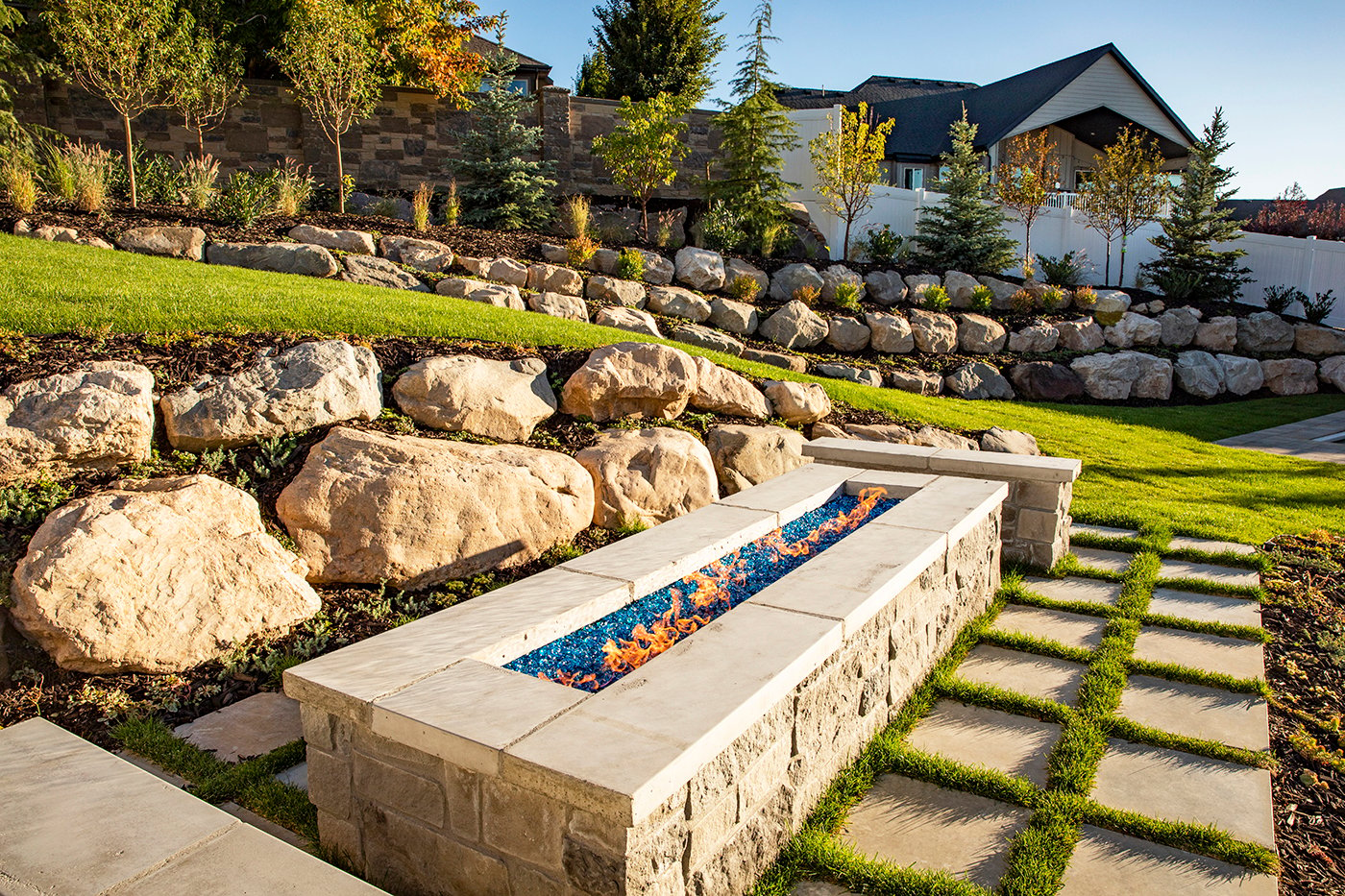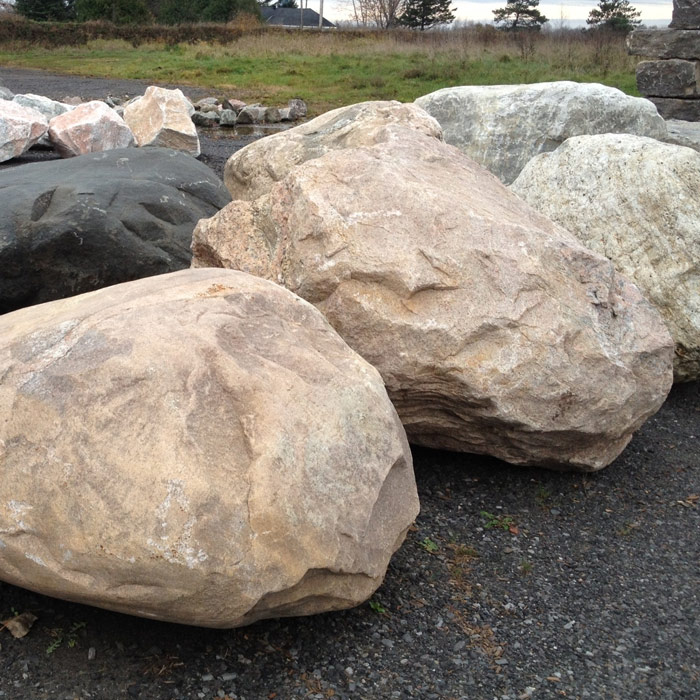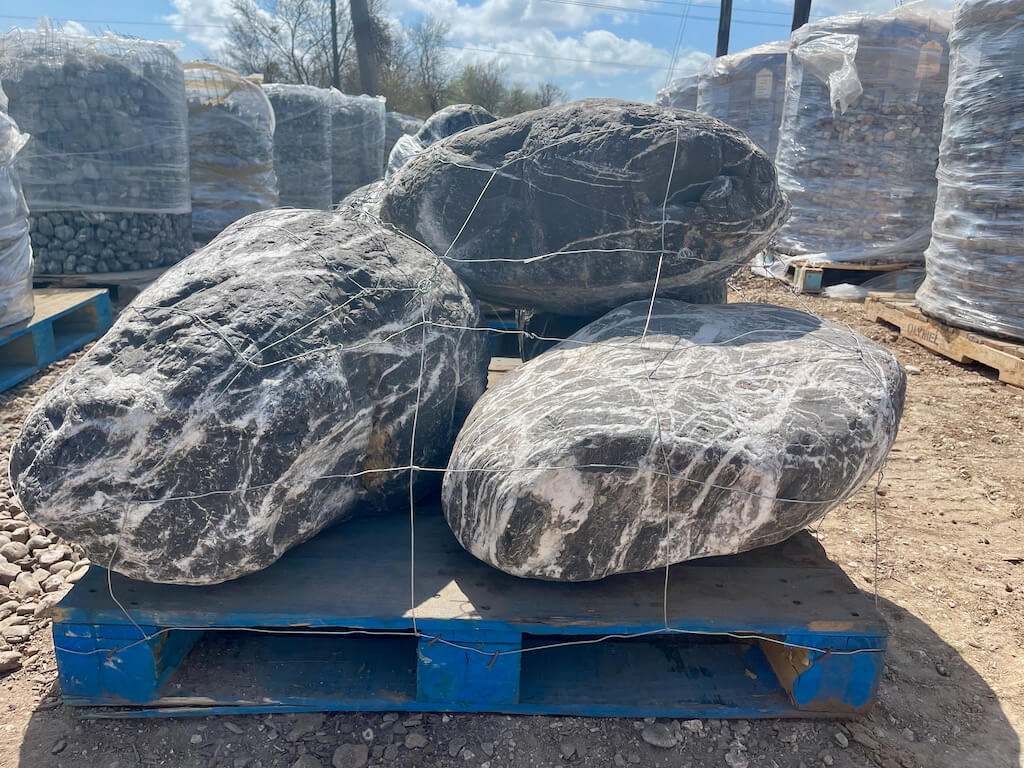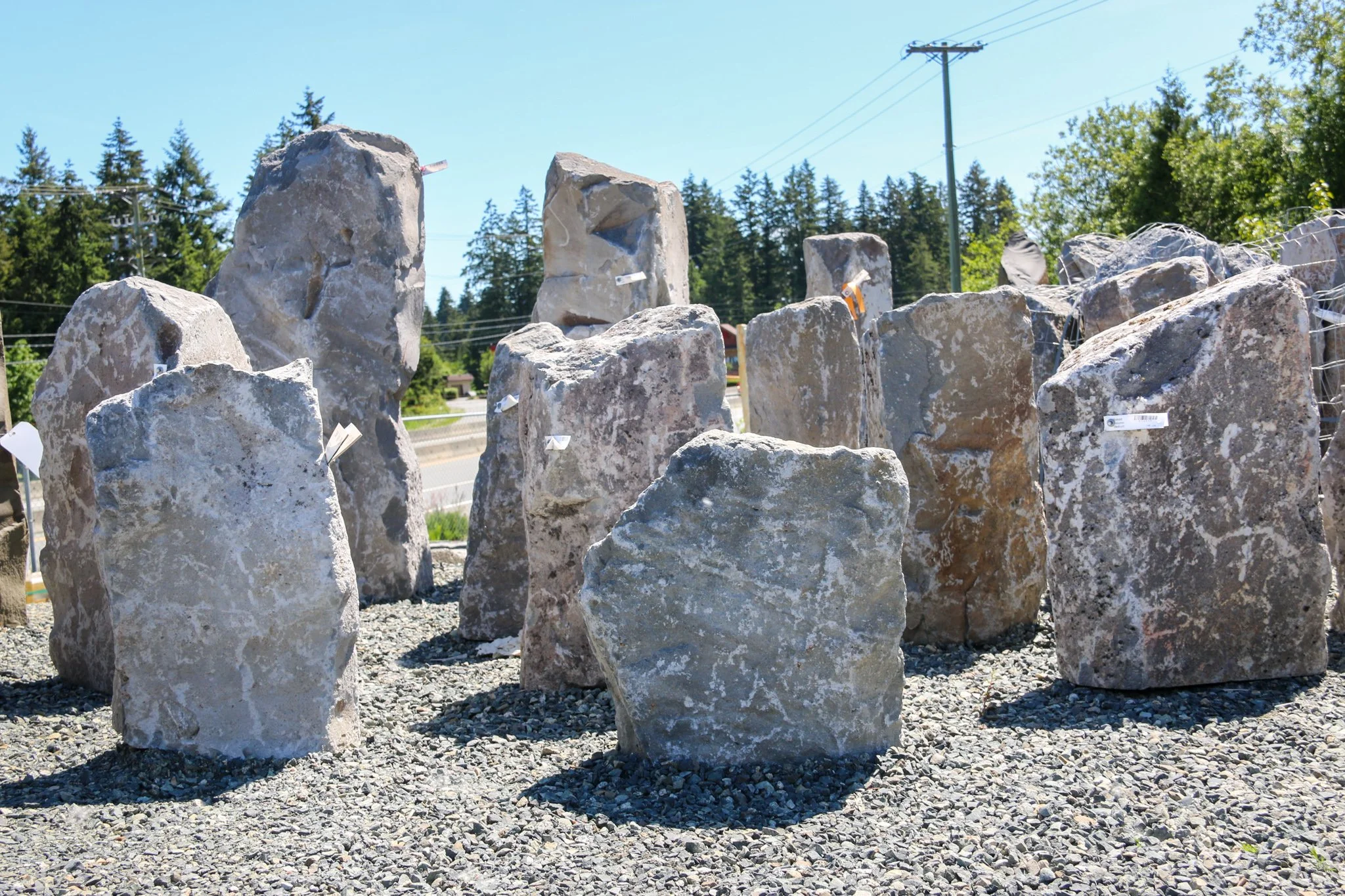When it comes to enhancing the beauty of your outdoor spaces, few elements are as versatile and striking as large decorative rocks. These natural stones serve a variety of purposes, from aesthetic appeal to functional benefits. In this comprehensive guide, we’ll explore the different types of large decorative rocks for landscaping, their benefits, how to choose the right ones, and creative ways to incorporate them into your design. Whether you’re a seasoned landscaper or a DIY enthusiast, this article is perfect for you!
Understanding Large Decorative Rocks
Large decorative rocks come in various shapes, sizes, and colors. They can be used to create focal points, enhance pathways, or even serve as a functional barrier. I remember my first experience incorporating large rocks into my landscaping project; it instantly transformed the space into a serene oasis.
What Are Large Decorative Rocks?
Large decorative rocks are typically stones that weigh over 50 pounds and are used primarily for decorative purposes in landscaping. They can range from natural stones found in local quarries to more refined decorative materials.
Types of Large Decorative Rocks
- Granite Rocks: Known for their durability and variety of colors.
- River Rocks: Smooth and rounded, perfect for water features.
- Limestone: A softer stone with a natural look.
- Basalt: A dark rock that adds a dramatic effect to landscapes.
- Field Stones: Irregular and natural, great for rustic designs.
The Benefits of Using Large Decorative Rocks in Landscaping
Incorporating large decorative rocks into your landscaping has numerous advantages that go beyond aesthetics. Here are some benefits that I discovered firsthand:
1. Low Maintenance
Once installed, large decorative rocks require minimal maintenance compared to traditional landscaping elements like plants that need regular care.
2. Versatility
Large rocks can be used in various applications, from creating seating areas to lining garden beds.

3. Soil Erosion Prevention
Strategically placed rocks can help prevent soil erosion, especially on slopes.
4. Wildlife Habitat
They provide shelter for small animals and beneficial insects, promoting a healthy ecosystem.

5. Natural Aesthetics
Large decorative rocks blend well with any landscape design, enhancing the natural beauty of the area.
Choosing the Right Large Decorative Rocks
When selecting decorative rocks for your landscaping, consider the following factors:

1. Purpose
Determine how you want to use the rocks; are they for decoration, structure, or both?
2. Color and Texture
Choose rocks that complement your existing landscape and home design. For instance, light-colored rocks can brighten up a dark space, while darker tones can add depth.

3. Size and Shape
Consider the scale of your landscape. Larger rocks can create significant focal points, while smaller ones may be more suitable for subtle accents.
4. Local Availability
Check for locally available stones to reduce transportation costs and support local businesses.

5. Budget
Prices for decorative rocks can vary widely. Determine your budget before making a purchase.
Creative Ways to Use Large Decorative Rocks in Landscaping
Now that you’ve chosen the perfect large decorative rocks, it’s time to get creative! Here are some engaging ideas that I’ve successfully implemented in my own yard:

1. Create Pathways
Use large rocks to outline pathways, encouraging guests to explore your garden. Mixing various sizes can add visual interest.
2. Build Sitting Areas
Arrange large rocks in a circle for a natural seating area. It’s a perfect spot for family gatherings or evening chats.
3. Enhance Water Features
Incorporate large rocks around ponds or fountains to create a naturalistic look that blends seamlessly with water elements.
4. Define Garden Spaces
Use decorative rocks to delineate garden beds or sections within your yard. This approach is great for organizing different plant types.
5. Vertical Gardens
Stack smaller rocks to create vertical elements. This method works well in limited spaces and adds height to your landscape.
Comparison of Popular Decorative Rocks
| Type of Rock | Durability | Cost | Best Uses | Pros | Cons |
|---|---|---|---|---|---|
| Granite Rocks | High | $$$ | Focal Points, Pathways | Durable, Variety of Colors | Heavy, Can be Expensive |
| River Rocks | Medium | $$ | Water Features, Ground Cover | Smooth Texture, Attractive | Not as Strong as Others |
| Limestone | Medium | $$ | Garden Borders, Walkways | Natural Look, Affordable | Softer, Can Weather Over Time |
| Basalt | High | $$$ | Decorative Elements, Focal Points | Dramatic Look, Long-lasting | Heavy, Limited Color Variety |
| Field Stones | High | $$ | Rustic Designs, Walls | Natural Shape, Eco-friendly | Can be Irregular, Heavy |
Tips for Installing Large Decorative Rocks
Installing large decorative rocks may seem intimidating, but with a bit of planning and effort, you can achieve beautiful results. Here’s a step-by-step guide based on my own experiences:
Step 1: Plan Your Layout
Sketch your landscaping design and decide where the rocks will go. Visualizing the layout can help with spacing and balance.
Step 2: Prepare the Area
Clear the area where you plan to place the rocks. Remove any grass, weeds, or debris that may interfere with the installation.
Step 3: Level the Ground
Ensure that the ground is level and stable. This step is crucial for preventing the rocks from shifting over time.
Step 4: Position the Rocks
Carefully place the rocks according to your design. Arrange them in clusters for a natural look or in a straight line for a more structured feel.
Step 5: Fill Gaps with Soil or Gravel
To secure the rocks in place, fill gaps around them with soil or decorative gravel, helping them blend into the landscape.
Step 6: Finishing Touches
Add mulch, plants, or flowers around the rocks to complete the look and enhance the beauty of your landscape.
Pros and Cons of Using Large Decorative Rocks
While large decorative rocks offer many benefits, they also come with some drawbacks. Here’s a closer look:
Pros
- Durability and Low Maintenance
- Natural Aesthetics
- Versatility in Design
- Soil Erosion Control
- Attractiveness for Wildlife
Cons
- Can be Heavy and Difficult to Move
- Initial Cost May be High
- Limited Planting Opportunities Around Rocks
- May Require Equipment for Installation
Frequently Asked Questions (FAQs)
What are the best large decorative rocks for landscaping?
The best types depend on your specific needs, but granite, basalt, and river rocks are popular choices due to their durability and aesthetic appeal.
How do I maintain large decorative rocks?
Regularly check for weeds and debris, and consider washing them occasionally to maintain their appearance. There’s minimal maintenance involved, making them a great choice!
Can I use large decorative rocks in a small garden?
Absolutely! Just choose smaller rocks or fewer large ones to avoid overwhelming the space. They can add height and interest without taking up too much room.
Are large decorative rocks eco-friendly?
Yes! They are a natural product, which makes them a more eco-friendly landscaping option compared to synthetic materials.
How much do large decorative rocks cost?
The price can vary immensely based on the type of stone and local availability but generally ranges from $50 to $200 per ton.
Conclusion
Large decorative rocks are a fantastic addition to any landscaping project. They are versatile, low-maintenance, and come with various aesthetic benefits. Whether you’re looking to enhance your garden with dramatic focal points, create serene sitting areas, or define spaces, large rocks can fulfill all these needs and more. After using large decorative rocks in my own landscaping, I can confidently say they provide unparalleled beauty and function. So why wait? Start your landscaping project today and let your outdoor space shine!